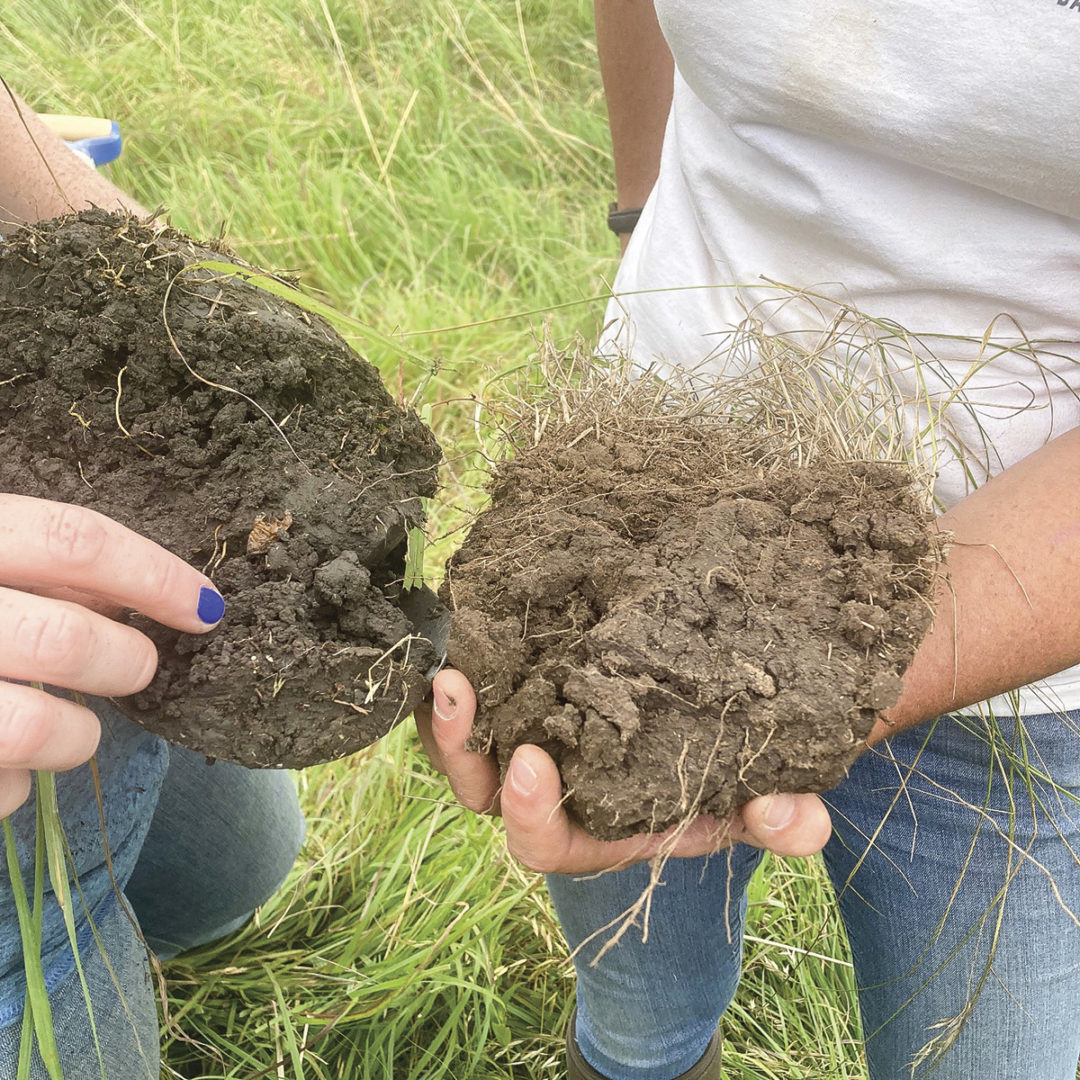I have a confession to make. I am not a good shopper. Unlike many women, I do not like browsing through racks of clothing, home goods or “stuff.” I tend to wait until I am headed to the cocktail party before I even shop for a suitable cocktail dress! I think many in the ranching profession share my aversion to shopping. And heaven knows our inputs have gone up in price dramatically the last few years, which forces us to make sure our improvements on the ranch really get the most bang for our buck. Inflation seems to be hitting extra hard in livestock country.
But the federal government may have some help for us with the Inflation Reduction Act, with millions going to the USDA for conservation projects. It is likely that programs ranchers use, including the Environmental Quality Improvement Program (EQIP) and Conservation Stewardship Program (CSP), will be funded at greater levels. And that’s a good thing, right?
How do we in the country reassure the rest of the U.S. that we are responsibly using those dollars in a wise manner on our ranches? Everybody wants new fences, livestock water facilities, stock water ponds, invasive weeds or brush sprayed – the list goes on and on. We need to be mindful of what we are doing, both for our benefit and the benefit of the U.S. taxpayer. Many in the ranching industry consider themselves fiscal conservatives, yet are sometimes all too eager to “shop” at the USDA store for ranch improvements, sometimes without thoroughly evaluating their objectives.
Hear me out. Soil health is our objective. If it isn’t, it dang sure should be. Always. Soil health leads to more profitable ranches. Those practices on the list in the USDA office are designed to address specific principles – soil health principles. Let’s make them work as effectively as possible.
All those grazing management things we talk about – such as resting pastures by concentrating cattle in larger herds and rotating them, using water to help with grazing distribution, spraying brush, etc. – when done in a deliberate fashion that addresses the principles of soil health, will yield superior results for both the rancher and the U.S. taxpayer. Principles before practices. What principles need attention on your ranch and which practices might be best suited to address them? I guess it really comes down to asking “why” before we ask “what.”
A quick review of soil health principles is in order here:
- Armor the soil: Protect it with a vegetative cover. Is there too much bare ground? That is often the first clue to a developing soil health emergency. Don’t ask me how I know.
- Minimize soil disturbance: Grazing continuously can disrupt the nutrient and water cycles that keep things healthy.
- Plant diversity: The more diverse the plant life, the healthier the soil. Have you evaluated the things growing in your pastures and rangeland?
- Maximize actively growing plants and roots: Keep living roots in the soil as much of the time as possible.
- Integrate livestock into the system: Grazing is magic to rangeland and pastures.
- Context: Your location and climate influence the potential of your soil, as does your labor supply and financial ability. Remember that the USDA programs are written for lands nationwide. The U.S. is the land of equal opportunity, not necessarily equity, in outcomes.
Principles before practices. Which ones are you aiming to improve? Maybe applying for a livestock water facility simply to replace the rusted one you have is not the best location or use of that practice. Consider spraying the brush on the most productive soils on your ranch. The Natural Resources Conservation Service (NRCS) has an incredibly effective tool for that. Their web soil survey can help you determine where those areas might be.
One of my favorite practices is laying water pipelines to spread out water facilities. I also believe it is a practice oftentimes “underinstalled.” USDA specifications and practices will often pay for a 2-inch line. If you plan to concentrate livestock where you need a robust recharge, you are not going to be sorry you spent extra dollars for a 4-inch line. Since you are already laying lines, why not maximize that practice at the time of installation? I have never heard a producer say, “Man, I wish I’d installed a smaller pipeline.”
Principles before practices. Get some technical assistance. I know USDA employees are stretched to the max and more program dollars means more computer time for them. They can help with web soil surveys and conservation planning. Find a neighbor you think is doing a good job and lay your map out on the kitchen table and get some input. In Texas, we have 11 regional grazing land coalitions – neighbors working together to address grazing issues. Many states have statewide grazing land coalitions. Reach out and find someone active in your area. Chances are there’s a retired NRCS employee in your area who has years of experience and would probably love a ride around the ranch and the chance to discuss your ideas. The Society for Range Management has certified professionals who are vast sources of information. Sometimes, just bouncing ideas off someone else will help you firm up your plan. The Texas Grazing Land Coalition is actually planning workshops to fill this very need.
Many rural Americans and cattle producers pride themselves on being fiscally conservative. Let’s walk the walk here and be mindful of spending USDA conservation dollars so that both we and the American taxpayers get the most bang for our buck. And, as a bonus, we'll improve soil health, which, unlike the cocktail dress I wanted to buy, actually adds to ranch profitability! (By the way, I never find “the dress" and I have worn jeans with a nice chunk of turquoise to plenty of cocktail parties and I doubt anyone noticed.)
If grazing management was easy, they’d call it rocket science!








